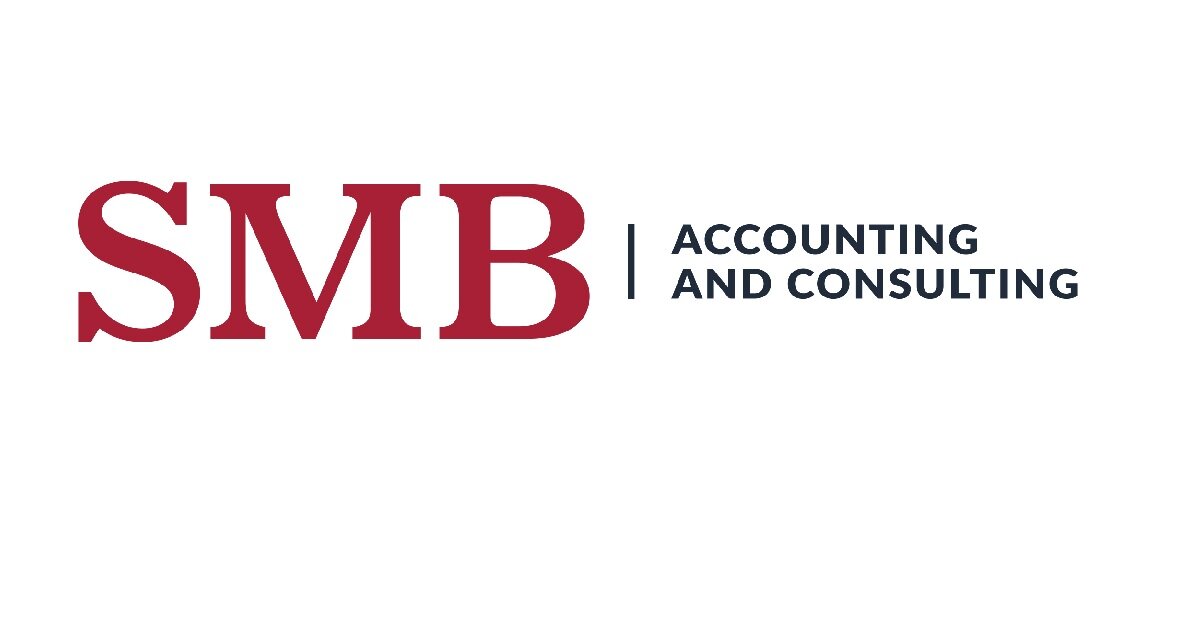Common Accounting Mistakes: Government Edition - Issue #10 Indirect Rate Calculations and Associated Risks
Indirect rates are not exclusive to government contractors. As part of any cost accounting management system, rates are determined in order to apply costs that are not directly related to a product or service. Direct costs are expenses directly associated with a product or service. This typically includes direct labor (hours spent on the billable task) and direct materials (materials used on a billable task). Indirect costs are other costs of doing business that are needed to operate your business, such as rent, accounting, and software expenses.
As an example, rent is not directly related to manufacturing a single bike, but it’s an expense of the company that is required to make the bikes. In order to determine the entire cost of manufacturing a bike, the rent may be split up between all bikes manufactured. If rent was $1,000 and the company manufactured 250 bikes with direct costs of $100 each ($25,000 total direct cost), the company would add 4% ($1,000/$25,000) to the cost of each bike to properly determine the full cost.
Government contractors are required to do the same in order to determine the full cost associated with a contract and be reimbursed that full cost amount. Pools and bases are established to determine a percentage rate to apply to costs in order to allocate indirect costs. A pool is a total of all expenses to be allocated. The base is what those expenses are applied to. In our bike example, the rent of $1,000 is the pool. The base would be the $25,000 in direct costs. Pools and bases can be discretionary based on the most relevant application of costs. Fringe expenses, such as health insurance, may best be applied to labor since there is a direct correlation between fringe and the number of employees (and therefore labor costs).
Government contractors with cost contracts are required to establish provisional billing rates prior to submission of an invoice. These rates are based on projections or budgets for the upcoming fiscal year. After the year is closed, final incurred cost rates are calculated and submitted to DCAA for approval. Any variance between the provisional billing rates and final incurred cost rates require adjustments to previous billing, meaning the contractor will either owe the government money back or the government may owe the contractor.
These variances are virtually impossible to completely eliminate, but the rates must be tracked carefully to reduce risk of large variances. Budgets are estimates, meaning that provisional rates may end up being inaccurate for any number of reasons. If the rates start to differ materially from what is actually happening, an updated submission should be made to DCAA to reduce the billing variances at the end of the year. Rate changes can also effect management of overspending on contracts. If a company is tracking funds available based on rates lower than actual, the billing adjustment could leave the company without funds to fully execute the contract.
Here’s an example of an issue that can occur. The fringe rate is established as a provisional billing rate at 30%. It is applied to all labor. The budget used to calculate the 30% rate was based on hiring 2 new full time employees. The 2 new employees were hired in March instead of January as projected. Additionally, 3 employees resigned in June and were not replaced until August. The budget assumed that the 2 new employees would have health insurance for a family, but only 1 opted for insurance. Both the pool expenses (fringe costs such as health insurance and FICA) and the base (labor dollars) from the budget are now incorrect. At the end of the year, the final fringe rate was calculated as 25%. The company had $750,000 in labor for the year. It had billed 30% or $225,000 for fringe costs. It should have billed 25% or $187,500. The contractor now owes the government back $37,500. They also have an additional $37,500 available on the contract to spend IF this is determined prior to the expiration of the contract or option year.
Large rate variances can cause issues with contract funding and cashflow. Close monitoring can help eliminate risk of being caught off guard when final incurred cost rates are calculated.

